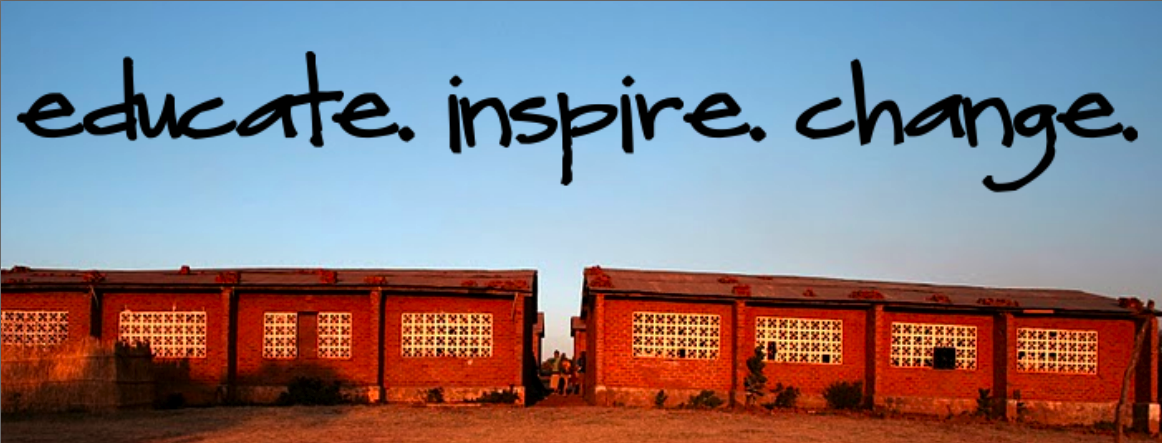I’m hanging my arm out the window of the World Camp Land Rover that has certainly seen better days, while peering up at the rocky outcroppings jutting high above the lush grasses and maize rows lining the road. With Mount Nkhoma looming ahead Baker eases the Rover off the tarmac and onto a washed out track certainly not passable by any vehicle other than a sturdy four-wheel drive.
It has been 4 or maybe even 5 years since Baker and I have been in the field in Malawi at the same time, which is hard to believe after spending so many years working in rural communities around Lilongwe. Today I am reminded of those early trips spending entire days driving the rickety Rovers along scarred roads full of potholes and deep ruts to pay a visit to our World Camp program sites.
Today was no different as we bounced along, swinging the car left then right in an almost futile effort to avoid rocks and ruts along the neglected roadbed leading to Mkhosi Full Primary. Mkhosi is a small school at the base of Mount Nkhoma and World Camp has been conducting programs here for the past nine years. Our Rover was met with a handful of curious children and familiar teachers quick to point out their participation in World Camp programs of the past.
 World Camp has come along way since Baker and I first brought service intern groups to Nkhoma where we camped outside the school and shared lessons about HIV prevention. We take a few moments to reminisce and then load up and head off to our next program site 20km away. We slowly climb a long dirt road and Baker gives a recount of a particular rainy season where the Rover slid off the road and ended up on her side half submerged in sticky mud from the constant rains.
World Camp has come along way since Baker and I first brought service intern groups to Nkhoma where we camped outside the school and shared lessons about HIV prevention. We take a few moments to reminisce and then load up and head off to our next program site 20km away. We slowly climb a long dirt road and Baker gives a recount of a particular rainy season where the Rover slid off the road and ended up on her side half submerged in sticky mud from the constant rains.We crest the hill and a sweeping expanse opens up and clumps of orange, red and purple wild flowers wave in the wind among vast rows of maize. We wind our way North towards Matapila Full Primary School, our horizon is framed by a vast escarpment with Nkhoma peaking at us from the East. As we pull up to the school we haven’t even turned off the Rover’s engine when we spot an anxious teacher making a bee-line for us all smiles and waving.
He presents us with friendly handshakes and then he begins to chuckle and excitedly blurts out my name, “Mr. Jesse”! I am instantly regretful for having forgotten his name, but Mr. Kamponda is quick to point out “that time before when I was at that place, remember”? It turns out that Mr. Kamponda was a teacher at a World Camp partner school we had visited in 2003 and was now Head Teacher for Matapila Full Primary School. A testament to the expansive reach World Camp’s programs are having around rural districts of Lilongwe.
 We review the details of an upcoming World Camp outreach program scheduled for July and then climb back in the Rover, say our goodbyes and drive off into the burning sun towards Lilongwe.
We review the details of an upcoming World Camp outreach program scheduled for July and then climb back in the Rover, say our goodbyes and drive off into the burning sun towards Lilongwe.Make sure you visit worldcamp.CO - follow our latest news and projects. World Camp is dedicated to providing simple solutions to the complex problems of poverty and disease in disadvantaged communities and we need your financial support to sustain our work in partner schools.









